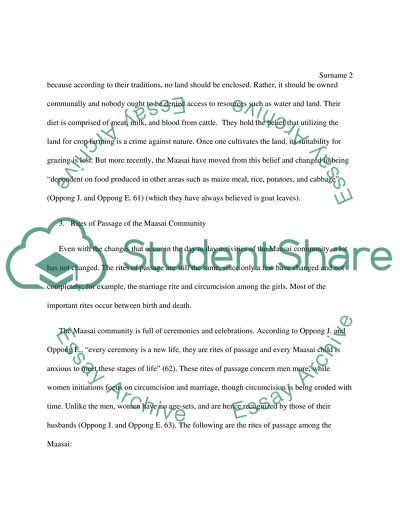Cite this document
(“Rites of Passage of the Maasai Community of Kenya Research Paper”, n.d.)
Retrieved from https://studentshare.org/anthropology/1482963-ethnography-project
Retrieved from https://studentshare.org/anthropology/1482963-ethnography-project
(Rites of Passage of the Maasai Community of Kenya Research Paper)
https://studentshare.org/anthropology/1482963-ethnography-project.
https://studentshare.org/anthropology/1482963-ethnography-project.
“Rites of Passage of the Maasai Community of Kenya Research Paper”, n.d. https://studentshare.org/anthropology/1482963-ethnography-project.


